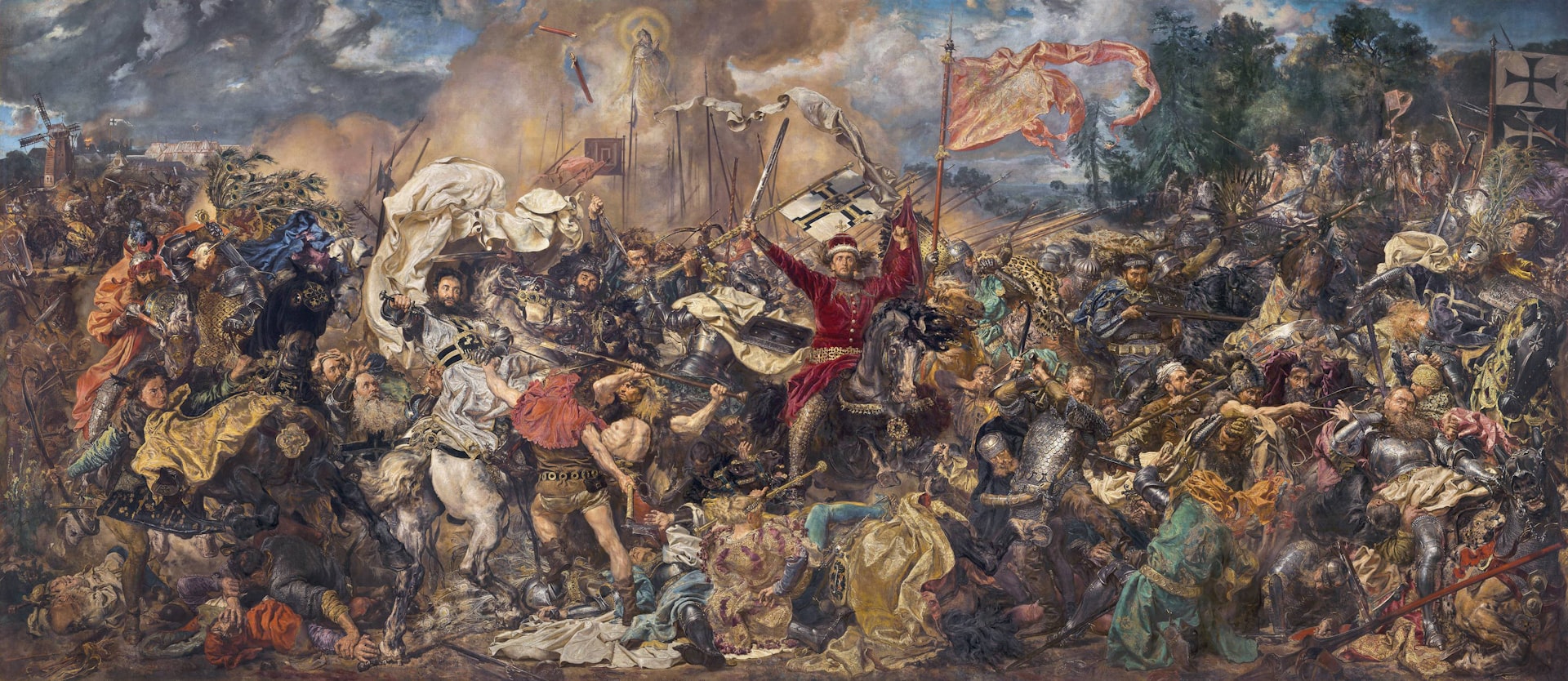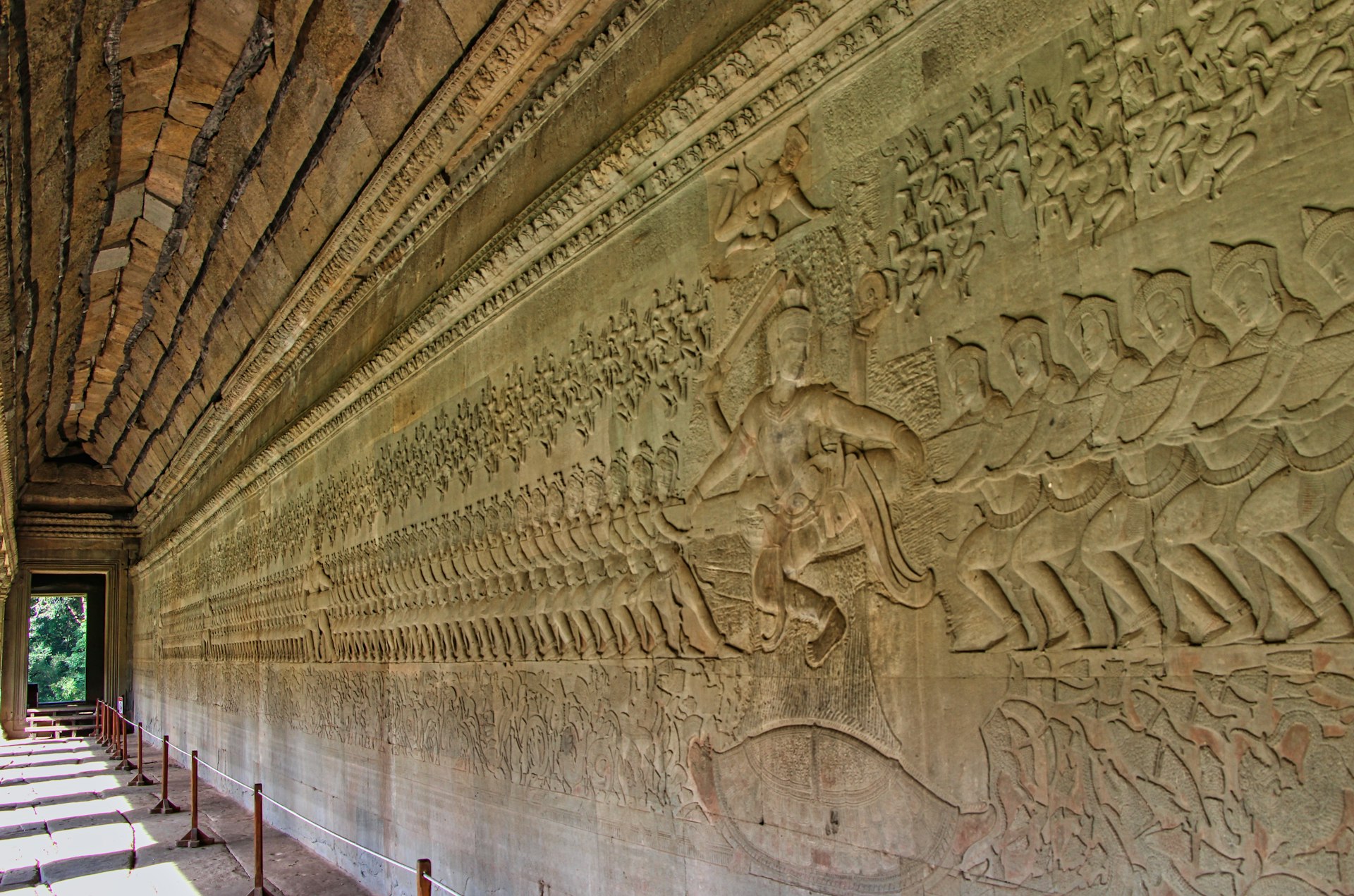How Artificial Intelligence Transforms Procedural Game Design: Unlocking Dynamic Worlds and Personalized Play

Photo by Jackson Sophat on Unsplash
Introduction: The Evolution of Game Content Creation
The gaming industry has entered a new era where player expectations for vast, dynamic, and personalized worlds are higher than ever. Traditionally, creating such environments required extensive manual work from game designers and artists, limiting game scale, diversity, and adaptability. Today, artificial intelligence (AI) is revolutionizing procedural game design by automating and enhancing the creation of levels, stories, characters, and even art assets. This article explores how AI is reshaping procedural content generation (PCG), providing actionable guidance for developers, and illuminating both the opportunities and challenges ahead.
Understanding AI-Driven Procedural Content Generation
Procedural content generation refers to the method of using algorithms to create game data-such as maps, levels, quests, and characters-rather than relying on manual design. By integrating AI, PCG systems become much more sophisticated, able to analyze vast datasets, learn from player behavior, and produce content that is not only vast and varied but also highly adaptive and meaningful [1] .
For example, AI models can study thousands of dungeon layouts to understand what makes certain levels both challenging and enjoyable, then generate unique variations for each playthrough. This approach enables developers to:
- Save time and resources by automating repetitive design tasks
- Deliver personalized experiences that respond to individual player choices
- Increase replay value by ensuring every session is different
In practical terms, AI-enhanced PCG can produce everything from terrain and item layouts to branching storylines and non-player character (NPC) behaviors. This leads to richer, more dynamic game worlds that evolve based on player interaction [2] .

Photo by Madeline Liu on Unsplash
Key Applications of AI in Procedural Game Design
1. Dynamic Environments and Level Generation
One of the most widely adopted uses of AI in PCG is the creation of dynamic, unpredictable environments. AI algorithms such as Perlin Noise or machine learning models can generate expansive terrains, unpredictable dungeons, and varied level layouts that never repeat exactly, keeping gameplay fresh and engaging [1] . For developers, this means the ability to build massive worlds with far less manual labor, while players enjoy new challenges each time they play.
Implementation Steps:
- Define the type and scope of content to generate (e.g., terrain, dungeons, cities)
- Choose suitable algorithms or AI models for your needs (e.g., GANs for visual assets, reinforcement learning for adaptive challenges)
- Train models on existing data (such as successful levels from other games or player interaction data)
- Integrate the AI-driven PCG system into your development pipeline, balancing procedural and hand-crafted elements
Example:
Games like
No Man’s Sky
use algorithmic generation to create a universe of over 18 quintillion planets, each with unique terrain and ecosystems, though not all are AI-driven. With newer AI tools, the sophistication and coherence of such worlds can increase dramatically
[2]
.
2. Adaptive Storytelling and Quest Generation
AI has the potential to generate dynamic narratives that adapt to player choices, ensuring every player experiences a unique story. By analyzing player actions and preferences, AI systems can craft quests, dialogue, and branching story arcs that resonate on a personal level [1] . This leads to more engaging and emotionally impactful gameplay, as the world and narrative evolve with each decision.
Implementation Steps:
- Gather data on player choices and narrative engagement from playtests or released titles
- Use natural language processing (NLP) and machine learning to model branching narratives
- Integrate AI-driven quest and dialogue generation tools, such as those available in major engines like Unity or Unreal
- Continuously test and refine AI outputs to maintain narrative coherence and quality
Example: Some RPGs now use AI-generated dialogue for NPCs, creating more responsive and believable interactions. For instance, an AI might generate a rumor or quest tailored to the player’s previous actions, creating a seamless and immersive experience [5] .
3. Smarter NPCs and Adaptive Gameplay
AI-powered procedural systems extend beyond world-building to create smarter, more adaptive NPCs . Unlike traditional scripted behaviors, AI-driven NPCs can “learn” from each playthrough, adjusting strategies, dialogue, and actions to counter player tactics. This creates more challenging and realistic gameplay, with opponents and allies that feel truly alive [3] .
Implementation Steps:
- Identify NPC roles and desired adaptive behaviors (e.g., learning from player attacks, forming alliances)
- Develop or integrate AI frameworks that enable real-time learning and adaptation
- Test NPC behaviors extensively to ensure balance and avoid unintended difficulty spikes
- Iterate based on player feedback and telemetry data
Example: In modern strategy and open-world games, AI-driven enemies may change tactics based on the player’s style, making each encounter unpredictable and unique [3] .
Practical Guidance: How to Integrate AI into Procedural Game Design
For studios considering AI-driven PCG, a structured and iterative approach is essential. Begin by clearly defining goals and the types of content to generate. Use established AI tools and libraries-such as TensorFlow, PyTorch, or engine-specific procedural frameworks-to experiment with small-scale prototypes [4] .
Key steps include:
- Start with a pilot project focusing on a single content type (like terrain or simple quests).
- Collect and curate relevant data for training and validation.
- Choose algorithms suited to your goals-Perlin Noise for terrain, GANs for textures, NLP for dialogue.
- Validate AI-generated outputs for quality and diversity through playtesting.
- Integrate with manual content creation pipelines, blending hand-crafted and procedurally generated assets.
- Optimize for performance, ensuring real-time generation does not impact game stability.
Utilize version control and modular design to allow rapid iteration and easy rollback of unwanted changes. Consider collaborating with AI researchers or leveraging community resources for up-to-date techniques and troubleshooting.
Benefits and Challenges of AI-Driven Procedural Generation
Benefits: AI-driven PCG offers vast worlds, increased replayability, personalized player experiences, and significant labor savings. It can also provide valuable insights into player preferences, allowing for data-driven game improvements [2] .
Challenges: Ensuring the quality and coherence of generated content is a primary concern. Poorly designed algorithms may produce nonsensical or unbalanced results, potentially frustrating players. Performance optimization is crucial for real-time generation, and extensive playtesting is needed to maintain a consistent player experience [5] .
Solutions and Alternatives: To address these challenges, developers can employ hybrid approaches, combining procedural and hand-crafted elements. Rigorous validation, quality assurance processes, and ongoing player feedback help ensure high standards. For those without in-house AI expertise, third-party procedural content tools or consulting with specialized studios may offer a faster path to adoption [4] .
Accessing AI Tools and Resources for Game Development
If you are interested in integrating AI into your own game development pipeline, consider the following practical steps:
- Explore open-source AI libraries such as TensorFlow or PyTorch for custom model development.
- Leverage game engine procedural generation frameworks, such as Unity’s Procedural Toolkit or Unreal Engine’s Procedural Content Generation Framework. These often include documentation and sample projects.
- Participate in online communities and forums (e.g., Stack Overflow, Unity forums) to share knowledge and troubleshoot issues.
- Attend game development conferences or workshops focused on AI and procedural generation for hands-on learning and networking opportunities.
- Consider collaborating with AI researchers or studios specializing in procedural content generation for advanced needs.
For more information on specific tools and step-by-step guides, visit the official documentation sections of mainstream game engines and AI platforms. If you require custom solutions, search for AI and PCG consultancies or studios with proven experience in your genre of interest.
Key Takeaways
AI is redefining procedural game design by enabling the creation of adaptive environments, personalized stories, and smarter NPCs that respond to every player’s actions. By understanding the core principles, benefits, challenges, and practical implementation steps, developers can harness the power of AI to deliver innovative and replayable gaming experiences. As the technology continues to evolve, staying informed and agile will be key to remaining at the forefront of this exciting field.
References
- [1] Lenovo (2024). Is AI Used for Procedural Content Gen in Gaming?
- [2] Whimsy Games (2024). Mastering AI-Powered Procedural Content Generation for Games.
- [3] GameSpace (2024). The Future of Gaming: Exploring AI and Procedural Generation in Game Development.
- [4] GetGud.io (2024). Leveraging AI for Procedural Content Generation in Game Development.
- [5] Magic Media (2025). AI Game Development: The Ultimate Guide for 2025.



